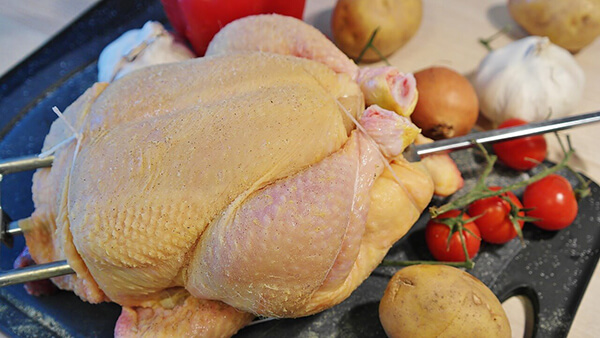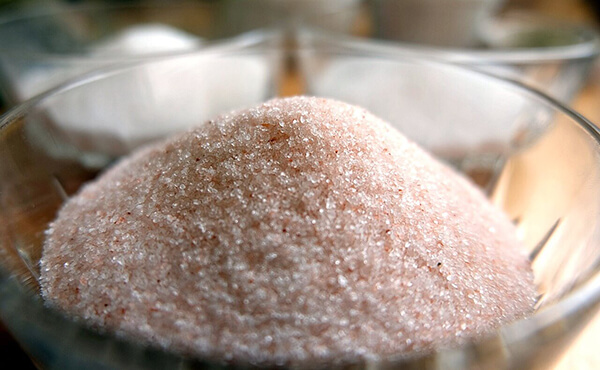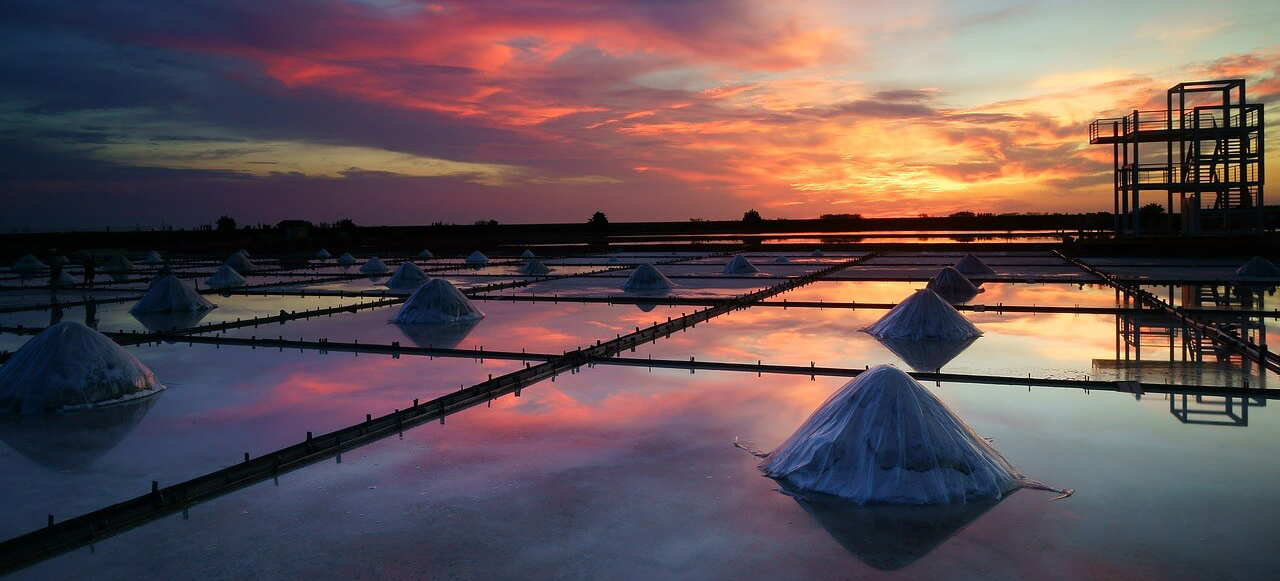Good Salt, Bad Salt? The Basics Of Bamboo Salt
Decoding the “salt scape”
Pick up any diet/nutrition magazine and flip through the pages. Chances are you will end up reading an article on “good salts and bad salts”.
When it comes to salt, most of us also encounter this experience that fills our mind with ambiguity: we find baffling varieties of salt taking up shelf space in the grocery section at the neighbourhood super store. Take out any pack and read the packaging label. Every brand claims to satiate your culinary needs and is “good” for your health… Indeed a confusing scenario, isn’t it?

Standard table salt is heavily processed; it’s devoid of all its vital nutrients and is simply a taste magnifier. Table salt and rock salt are dubbed as “bad salts”.
“Good salts” are those that have not been processed in anyway, leaving them close to their original state. They are the healthier, natural option for seasoning your food. However, when it comes to good salts, again there are multiple choices: Himalayan salt, Celtic sea salt, or deep sea Hawaiian sea salt.
Commonly used salts
Kosher, Himalayan and Sea salt are the commonly used salt varieties, which are same in chemical composition but differ in texture, density and flavouring ability.

Kosher salt originally got its name from the Jewish practice of koshering meats. Minimally refined and sourced from underground deposits or evaporated seawater, kosher salt tastes “less salty” than table or sea salt. Kosher salt is less refined than table salt. It's great for seasoning before, during and after cooking. It's especially good for seasoning meat before cooking.

Himalayan salt easily stands out owing to its striking pink color. It is unrefined and hand-mined from specific pockets in western Asia and is believed to contain as many as 80 natural minerals, including trace quantities of magnesium and iodine. It has a lovely soft flavor that imparts none of the sharpness that is associated with heavily processed standard table salt.
Sea salt is harvested directly from evaporated seawater or underground resources. Processing, if any, is minimal. Sea salts are sought after for their unique flavors, colors, and trace minerals. Since sea salt is costlier, it is usually preferred to be used after the cooking process or in applications that do not necessitate cooking.
However, what about this increasingly popular “bamboo salt”? How does it measure up in this “salt scape”?
What is bamboo salt?

Bamboo salt is Korea’s gift of good health to the world. It was originally developed by Korean doctors and monks almost 1,000 years ago as a folk medicinal remedy for various illnesses. It is a highly potent, credible source of vital nutrients that helps in maintaining good health.
The making of bamboo salt - Different baking levels
Now that you know what is bamboo salt, let us now have a look at how bamboo salt is actually made. Sea salt is first put into cases made from bamboo trunks with 3 years of growth. The ends are capped with mineral-rich, natural yellow clay. The trunks are then roasted in a furnace with pinewood being used as fuel. The process requires 10 hours of roasting at a temperature between 1,000 to 1,500 degrees Celsius. This procedure can be repeated from three to nine times. However, the salt achieves optimal effectiveness and maximum medicinal value when it is baked 9 times.
Idoori Korean Bamboo Salt 9x
Loaded with 70 to 80 types of minerals and free from any additives or anti-caking agent, iDooRi Korean Bamboo Salt 9x is authentic, pure Korean bamboo salt that offers a multitude of benefits. Used in cooking, as oral intake as well as for external application, iDooRi is your choice for improving overall health, treating specific health conditions, and achieving flawless, radiant skin.








